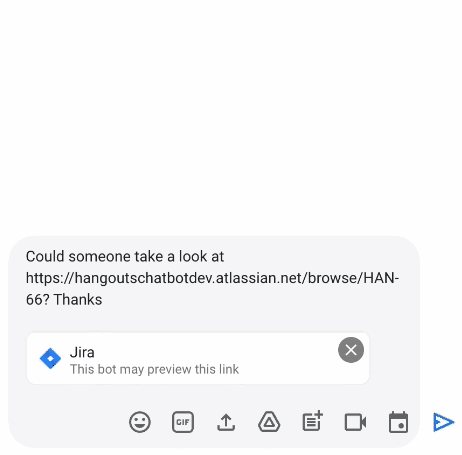Google today announced a new feature for its AppSheet automation service that will allow developers on its no-code platform to create custom apps and automation that can interact directly with Gmail. By leveraging dynamic email, developers can now build applications that users can trigger and execute right from inside their Gmail inbox — and while that has been the promise of dynamic email since Google announced it in 2019, we haven’t seen all that many developers really make use of these capabilities yet.
With this, an AppSheet developer could now build an approval workflow or asset management system that users can update right from within an email, for example.
Praveen Seshadri, the CEO and founder of AppSheet who sold the service to Google in 2020, noted that this is a small but important step in the service’s overall mission to enable more users to convert their idea into working software — and to help those developers (or “creators,” as he likes to call them) reach their users where they are.
“What we’re in the process of doing is saying, ‘how do we let people who are what we call creators — people with ideas of how to make things run better or automate things, and so on — build those things?’ Traditionally, there were apps, but of late, we’re trying to say, ‘how do we integrate that deeper into the experience of those end users?’ That’s what developers have been doing for a while with the workspace platform and now we’re broadening that to the non-developers,” Seshadri said.
Typically, it’s the business users who are the closest to the business problems, so as Seshadri noted, they are also usually the ones who know what they want from an automation solution like this. And while they may not be able to code themselves, Seshadri argues that AppSheet’s focus on a declarative approach lets users focus on outcomes and not the “insanely tedious steps to achieve those outcomes.” But he also noted that in most businesses, no-code users and traditional engineers work together. Somebody has to build and maintain the database that the no-code application sits on top of, after all.
On top of broadening the capabilities of the AppSheet platform, though, the current focus for the team is on how those efforts are consumed by end users.
“Traditionally, if you’re building applications, you got to go to the application and do something there,” Seshadri said. “I’ve got to do an expense report. I’ve got an expense report application, a web web page or something And I do that. And then I have to do something with recruiting, I go to that application. We tend to transform your context in all these places. What we’re doing now is taking AppSheet applications built by creators and bringing them into your Gmail, so that the users can stay in the context they are in and the work comes to them, the application comes to them.”
He noted that Gmail is an obvious starting point inside of Google Workspace, though the overall goal is to meet the users where they are so they can stay within their current work context as much as possible.
In this context, it’s also worth noting that Google is also launching a new integration with Atlassian today that brings a Jira integration to Google Chat and Spaces (formerly called “Rooms”). With this, users will be able to create new Jira tickets right from Chat and Spaces, see previews of their tickets and track active issues. That is pretty much a capability that users of Slack and Microsoft Teams already have access to, so in many ways, Google is simply filling a gap in its tool chest here.
“Modern work requires people to switch contexts and tools faster than ever before,” said Joff Redfern, chief product officer, Atlassian. “We believe an open ecosystem and tight integrations among the tools that users rely on every day is vital to their success. Since 2017, our Trello integration with Gmail has been installed by more than 7 million people. Today, we are excited to build on the partnership between Atlassian and Google to propel work collaboration further with the integration of Jira with Google Chat and Spaces.”


